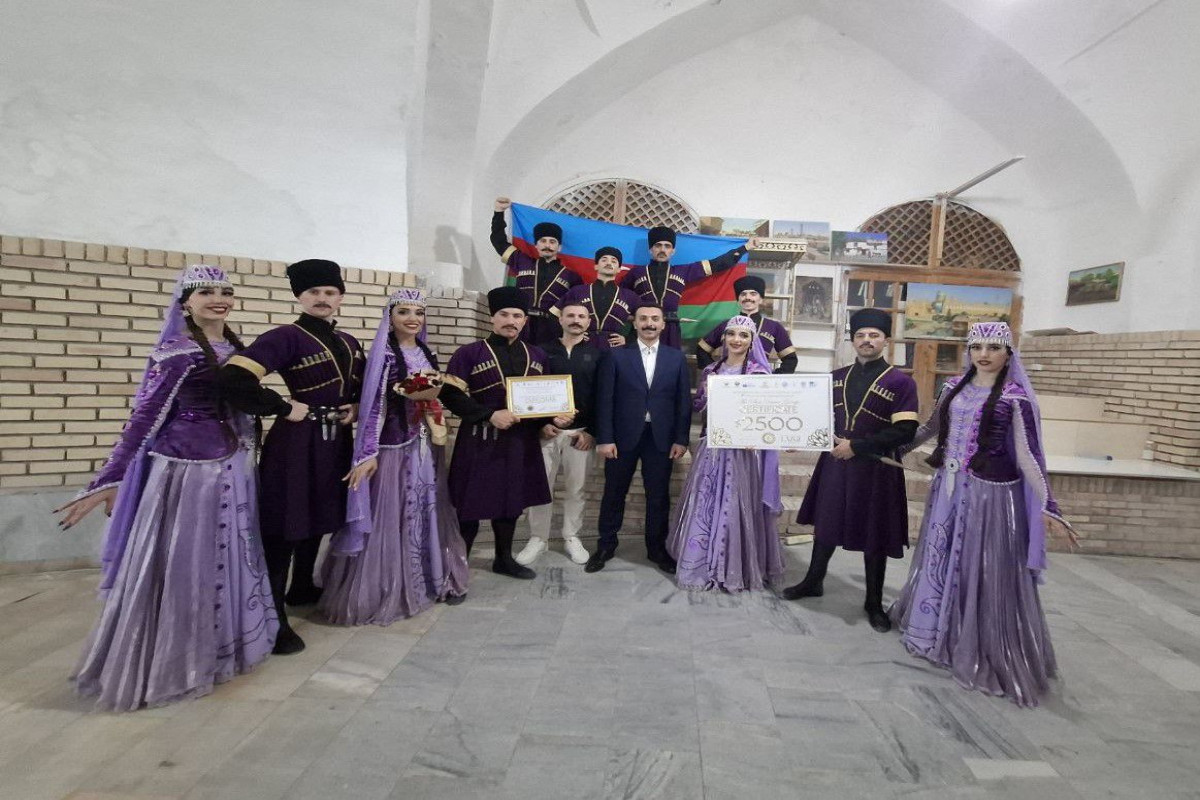Natig Gasimov... Name which given to the fate of a hero. Name of a chronicle of courage, fearlessness.
The author of the photos, which served as a spark for this screenplay in the documentary film "Ogul" (Translated from Azerbaijani into English as "SON" - ED), says: “I had to leave in the middle of the night. Because I couldn't endure any more”.
There is no information about the events after that departure, about what happened to him. All we know is that Natig Gasimov showed courage and bravery beyond the scope of human life.
The director of the documentary film "Son", whose ceremonial presentation ceremony took place a few days ago, could not attend the presentation for certain reasons. Instead, the film's producer opened up about the filming process, the challenges they faced, and ultimately, the morale behind the film for its crew. At that time, while watching the film, moreover, while analyzing the difficulties mentioned by the producer, I had enough questions in my mind.
Today is the day to find answers to those questions.
APA interviewed the producer Ekard Seizer and the director-screenwriter Karan Singh of the documentary film "Son" about the heroism of Natig Gasimov
We decided to interview both of them at the same time. We started the conversation with my interviewees from their visits to Azerbaijan and their impressions of the capital Baku.
Karan Singh says that he visited Azerbaijan even before the shooting of the film "Son".
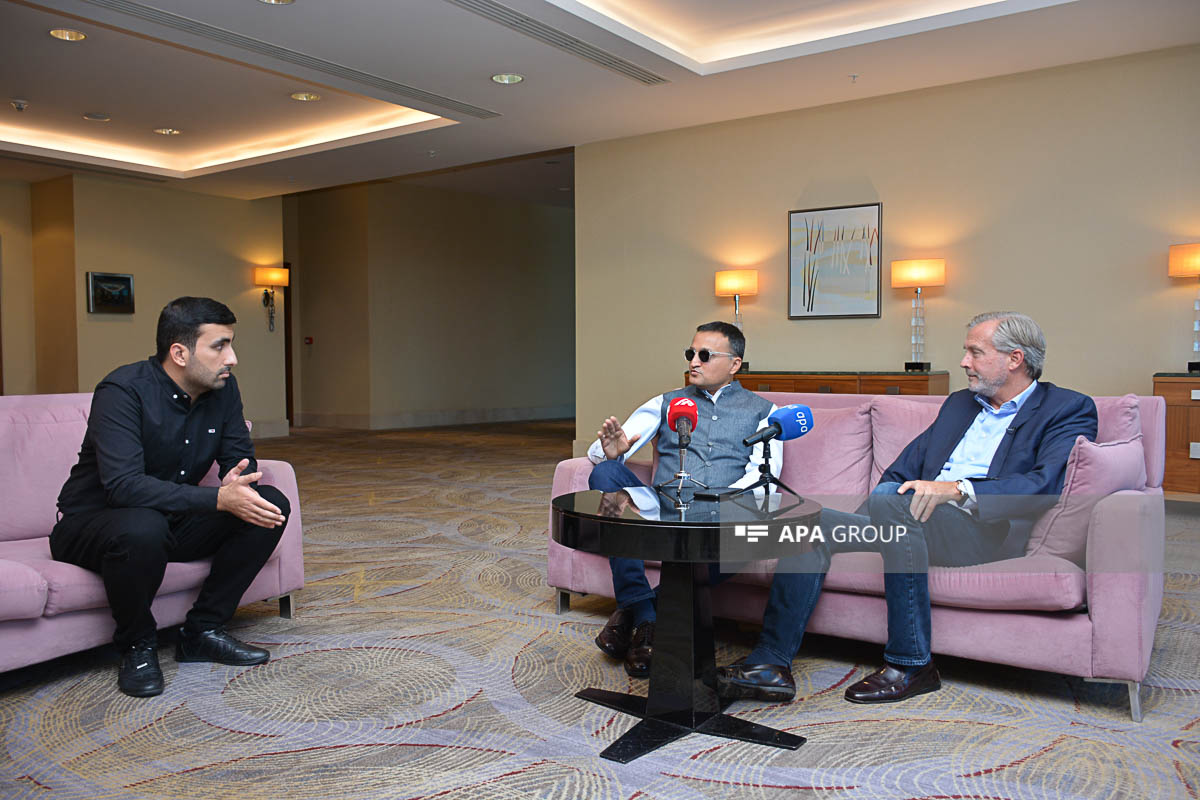
– We have visited Azerbaijan before. I can say that we love Azerbaijan and Baku very much. It's a really great place for filming, it's a great country. We have found many interesting stories here that need to be told, and the documentary "Son: is one such story.
At the same time, the producer of the film, Ekard Seicer, mentions that he has been to Azerbaijan several times and encountered a lot of interesting stories during these visits.
– Our visits were especially related to filming. We also visited the city of Mingachevir in your country, where we met with the family of Natig Gasimov, and then we also visited the city of Ganja. I can say that Azerbaijan is a fascinating country. Azerbaijan has a lot to offer in terms of topics and ideas, I think many people don't know about it. This country is a very tolerant Muslim country and I think it is the most tolerant country in the region. Considering that we live in such a world today... Azerbaijan is a country that will be an example in terms of tolerance. Especially in terms of religious tolerance, Azerbaijan is exemplary.
- How did the idea of making such a film about Natig Gasimov emerge?
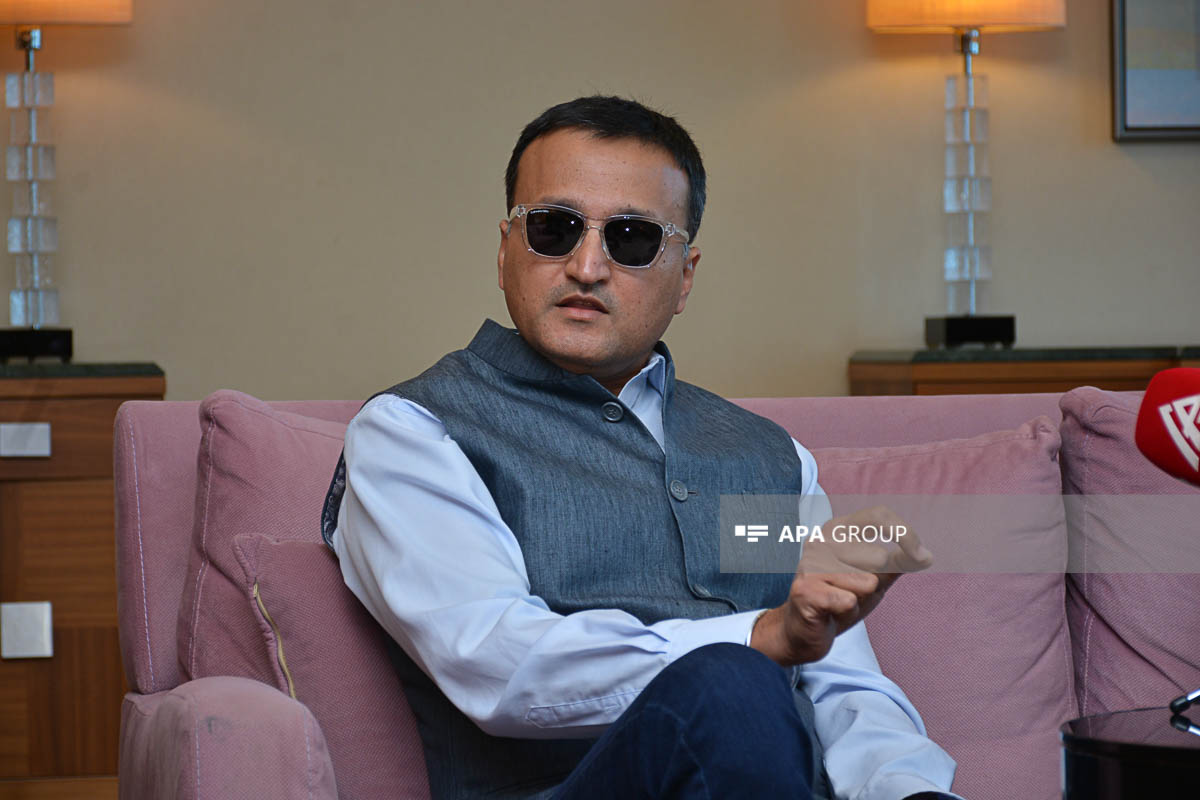
Director Karan Singh says that they are generally aware of the First Garabagh War.
– I think everyone knows what happened in the 1990s, and we also knew and saw it. Enrico Sarzini (Enrico Sarzini: a world-famous photographer born in Rome, Italy in 1938. He is highlighted in one of the articles published in the Italian press as the photographer who witnessed and recorded the most terrible stories of the last 60 years of world history. The author's war photos, almost everyone contain a human destiny, pain, and often infinity in itself, just like Natig Gasimov's photo, - N.P.) unpublished photos attracted our attention. We decided to work on this topic and make a film about it. The photos we are talking about were not only the work of a photographer, they were also documentary evidence. These photos were unequivocally documentary evidence of Natig Gasimov's last fight. So, after seeing these photos, we began our film search. It was a great job, a pain for the director, and a creative person, but also a wonderful journey. The conclusion of our research resulted in the fact that we were able to find out what happened to Natig Gasimov. I believe that, as Ekard Seizer said, the photojournalist Sarzini's photos show that Natig Gasimov did not have surrender, fear, and other similar feelings on his face, finally, as the photos show, his interrogation took place in the church - all this is a reminder of the Khojaly tragedy during the First Garabagh War. are the processes that follow. The most interesting nuance of the case for us was that there was no information about Natig Gasimov after these photos. In other words, for 25 years, we did not have basic information about his fate, about what happened to him, whether he survived or was killed. All this was certainly an incentive for us.
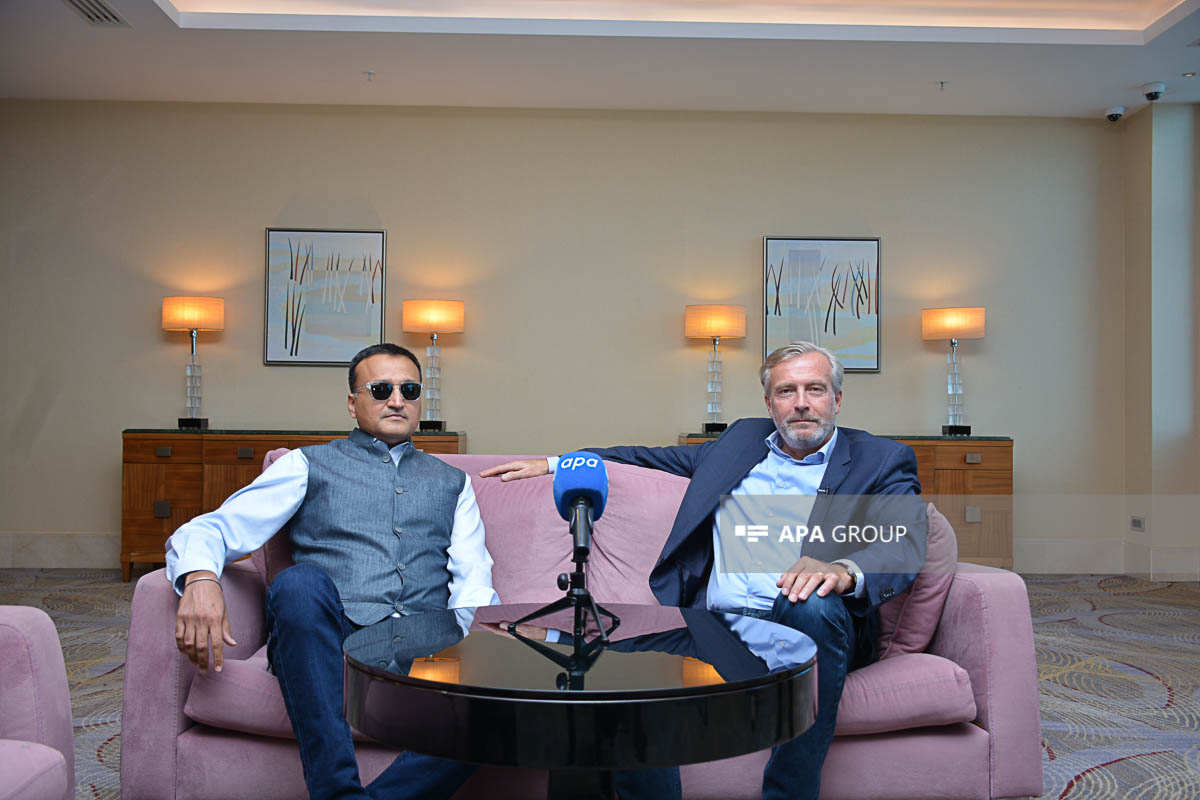
One of the questions I had while watching the film was the director's own conclusion about Natig Gasimov's future fate. Because we can't see a logical ending in the movie. This was the best conclusion to be given to the conclusion drawn from the available evidence and what the witnesses had seen and talked about.
- Well, what do you think about Natig Gasimov's fate as a creative person, a director, and someone who investigates what happened to him?
– First of all, let's note that the Speaker was an ordinary person, that is, he voluntarily got into an unusual situation. And he, like his peers, was affected by the First Garabagh War. However, Natig Gasimov's war bravery, in a way, his influence on the war, his defense of the church, and other such factors are completely covered in the film with the available facts and evidence. As can be seen from the film, the final conclusion about Natig's fate is this: he has disappeared, he is missing. In other words, he disappeared while in captivity in Armenia. And there is international law for the general course of this process, there are persons who are responsible under this law. There are principles of international law regarding the fate of prisoners and their behavior. If Natig Gasimov was not presented as a prisoner to the International Committee of the Red Cross, there are definitely people who are responsible for this. During the investigation, it became clear to us that Natig Gasimov was treated in violation of international law while he was in captivity. There are people who have to answer questions about the reasons for this.
One of the most interesting and unexpected parts of the film for me was the interview with Vitaly Balasanyan. In the film about the war hero of Azerbaijan, the war criminal himself speaks personally and answers certain questions.
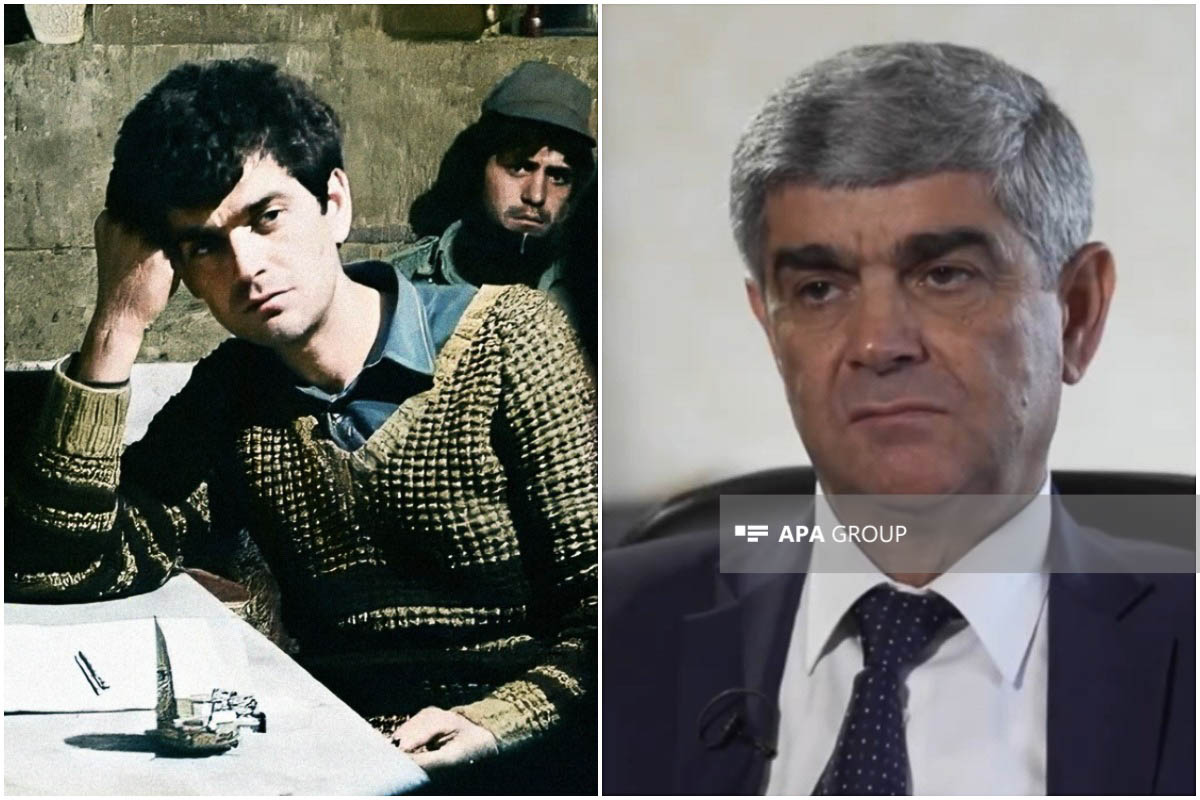
– I wonder if the creative team was completely unaware that Vitali Balasanyan was the leading person in the interrogation photos obtained on the way to the interview with Vitaliy Balasanyan. If there was even a slight doubt, why didn't they attack Balasanyan when there was an opportunity?
– If you look at the process of making the film, you will see that we first went to the occupied Garabagh territory. Those areas were still under the control of Armenia at that time. We went to Khankendi and arranged an interview with Vitaly Balasanyan. Balasanyan was the commander at that time. It was this factor that led us to the interview with Balasanyan: Balasanyan's knowledge of the region, and his intimate knowledge of the entire war process. What I mean is that when we went to Khankendi, we did not go to accuse Balasanya because we had no evidence or suspicion to accuse him. However, as you can see from the film, the subsequent interviews, and the statements of the participants in the war gave him the basis that Balasanyan personally participated in the process, that is, the interviewers recognized him, they admitted that the person the photo was Balasanyan. We could do the issue of "going over" that you mentioned. In other words, in order to find answers to the questions that arose, we asked to interview Balasanyan again. But he refused to be interviewed.
That is, we obtained these facts, Balasanya's personal participation in the interrogation, and the fact that he was the person who should answer the questions about his future fate, after the interview with him was completed. The important fact here is that the identity of the person in the photo was discovered directly by the Armenian war veterans, that is, the Azerbaijanis did not recognize that the person was Balasanyan until then. Balasanya was recognized and acknowledged only by his own soldiers.
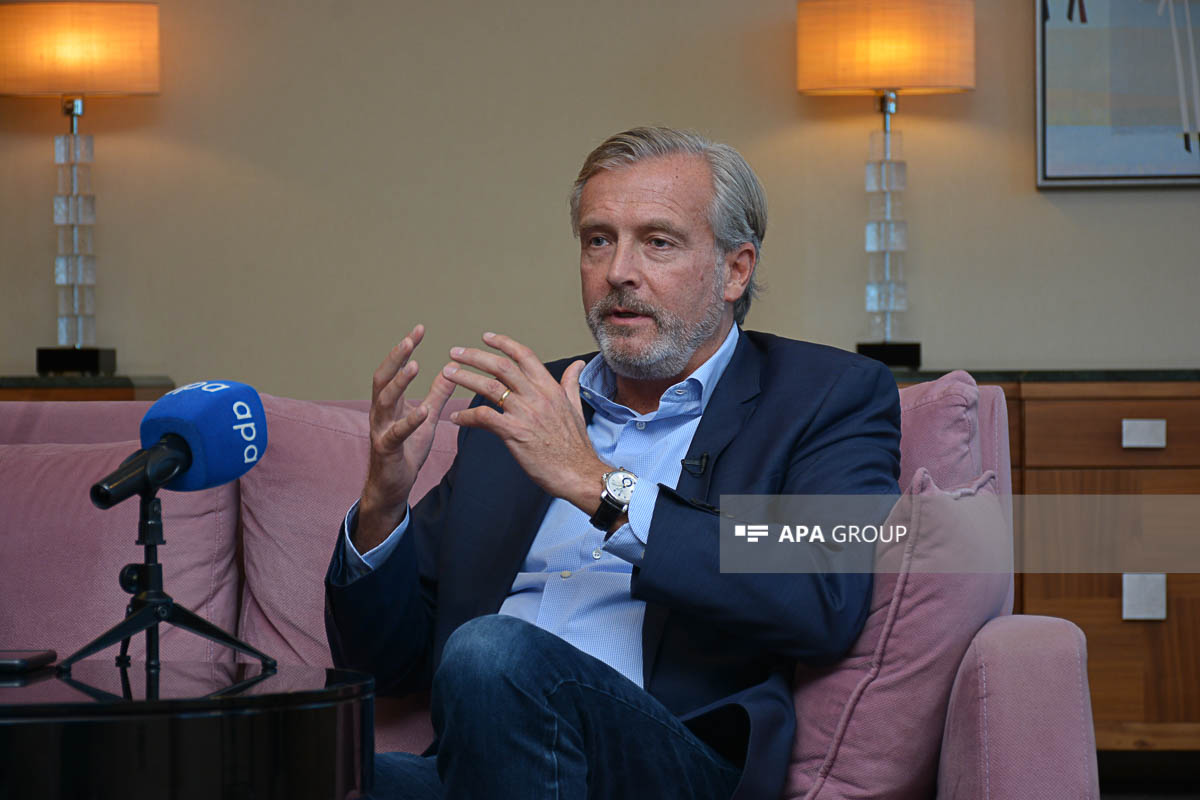
The producer of the film, Ekard Seizer, says that objectivity is the main point of the creative team during the shooting of the film and to which it remained loyal during the 5-year shooting process.
– It should be noted that we have noticed independent Western films, as well as the historical hostility between Azerbaijan and Armenia. That is, we knew this story before I was tape, we knew the situation. In this regard, the first-class nuance in the shooting process for us was an objective and balanced approach to the existing problem.
The documentary film "Son" is also a somewhat generalized conclusion about the name of Azerbaijan and its heroic sons. From this point of view, the film's festival path and its screening at prestigious festivals are very important nuances.

– Mr. Singh, how do you think the people's response was when the film was screened at festivals? So what did these reactions say for the creative team?
– First of all, this is a human story. And everyone can identify the essence of this story, how heroism is, and aware of it. The son of this story was about a mother who voluntarily goes to war in a voluntary way. Moreover, there is no information about his next fate. That is, the mother in this story was Azerbaijani, or African, or American, no matter what. I repeat: The topic here was the mother and his missing son, who went to the war voluntarily and did not return. This difference, I think everyone can easily clarify itself. This film was also shown in India and in Western countries. I can tell you for sure that the audience who watched the film immediately understood the pain that the family was going through. The facts in the film surprised everyone in a positive way. The facts demonstrated throughout the film are the identity of Natig Gasimov, his destiny, the war, and the influence of the war and the warfare. This is a very successful point.
Eckard Seizer also thinks that mothers have lost, are losing, and will lose their sons in the future, as well as in the past. The world is at war.
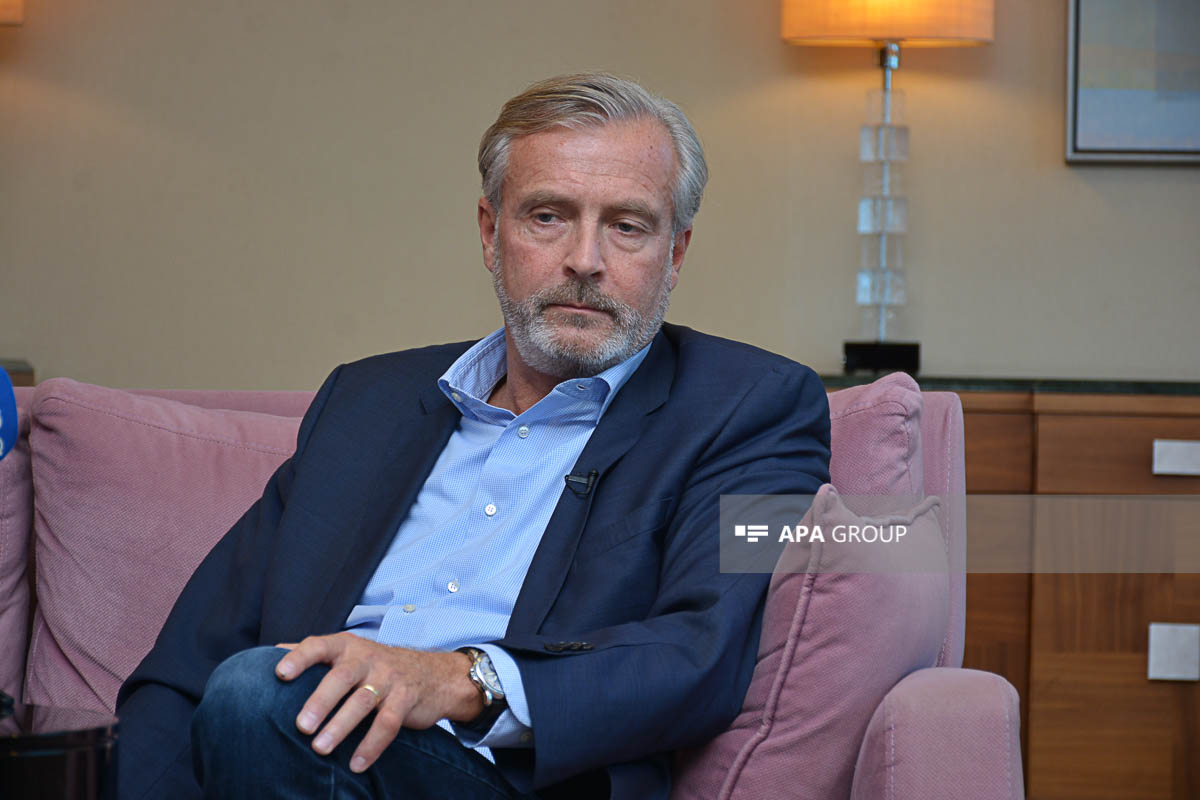
– Unfortunately, mothers lose their sons almost every day. Today, we see it in the ongoing wars in Ukraine, or in the Middle East, and the tragedies that are a common feature of wars. I think that most of these losses do not attract attention at all, unfortunately. However, as a result of this film and our research, the fate of Natig Gasimov was not the same, he attracted attention. Natig Gasimov is now not just a statistic. This is a very important moment for us, for his family, and for his relatives.
Considering the influence and power of the Armenian lobby in the world, it was expected that any obstacle to the filming process would be made at that time. Therefore, our next question is in this direction.
- What difficulties did you experience during the shooting of the film? Therefore, our next question is in this direction.
– Regarding the Armenian lobby, let me first say that we have already emphasized this, objectivity and balance have been preserved in the film. From this point of view, I can't say that we have encountered any obstacles only on this level.
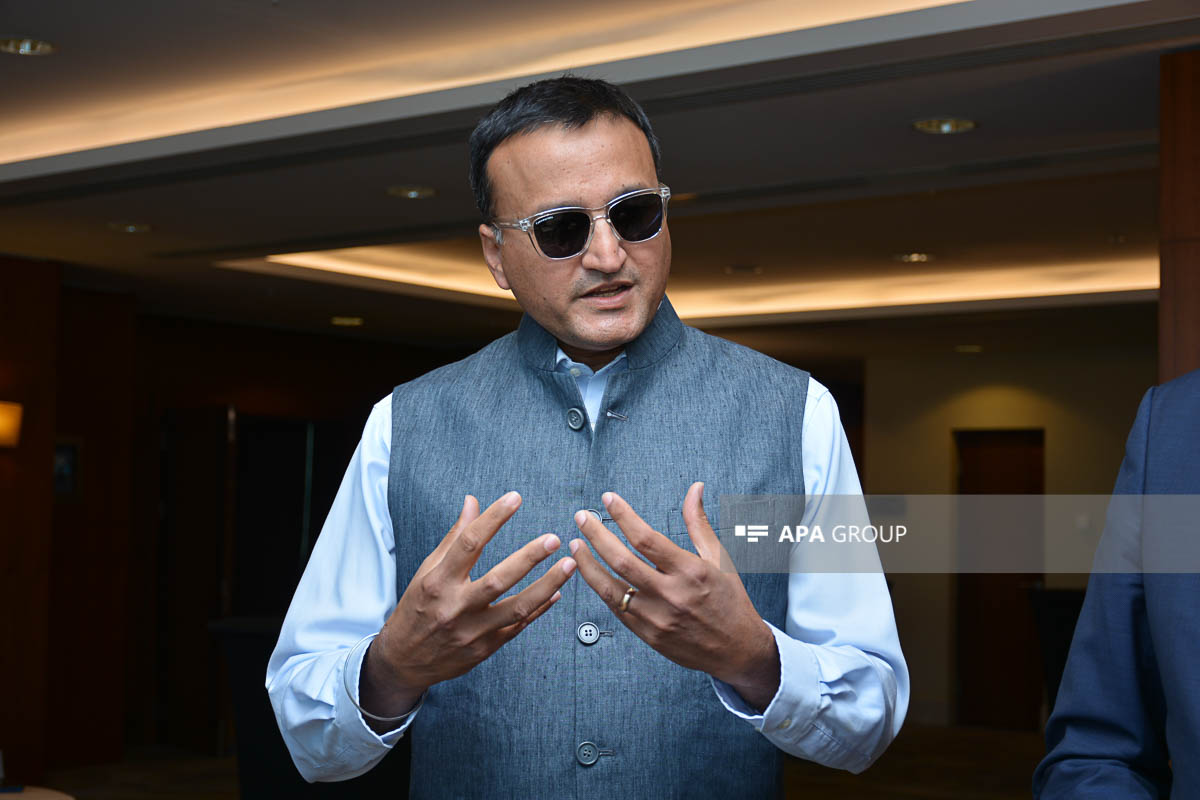
But in general, this is a very sensitive and emotional topic. We went for five years for the film and we visited four to five countries for shooting: Armenia, Russia, Italy, Britain, Azerbaijan, including Garabagh, including the occupied Garabagh. At all these stages, the interviewer had to demonstrate sensitivity to the emotions of families and battles. As the trial progressed, new facts emerged, and we had to work on the facts. Creating a movie from the human story is not easy. Although all this happened about 30 years ago, people still have the traces and pain of what happened. This was the same in the family of both Natig Gasimov and the war veterans and others we talked about. I also say that there were people, who helped us to open the facts, but they did not want to cross the camera.
Producer Ekard Seizer talks about the technical side of the shooting process and the difficulties experienced in this situation.
- First, imagine that this was something like an investigative file or a criminal case. You can also imagine the process as a murder investigation. That is, the incident happened 25 years ago, and somehow, the police are investigating this criminal case. It is known who the victim is, but it is not clear what happened to him. Who is to blame in this matter?
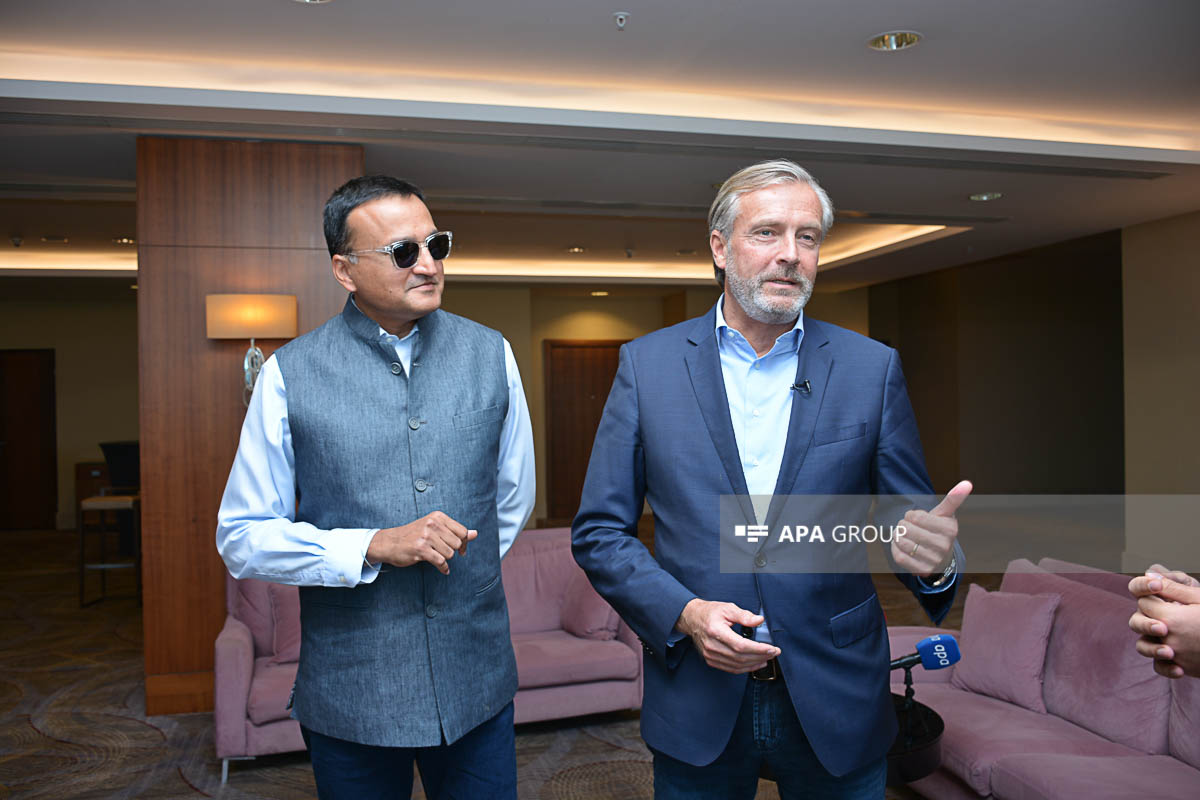
The family interview was the easiest and most sensitive part of the film. However, it was difficult to go to Garabagh and find that church. We even had to use satellite images to find the church. We were a bit lucky to find the church.
Speaking of the church, this was one of the most interesting parts of the movie. The defense of the church and the church battle by the person playing the character of Natig Gasimov.
The director himself talks about finding the church and the way there.
– On our way to Garabagh, we wanted to interview several veterans of the Garabagh war. We hoped that we could learn new facts from what they said. But personally, there was a question in the back of my mind: could we find the church? In which, as you said, we described the battle scene of Natig Gasimov. No one knew where that church was. But certain tips helped us. There were also different opinions about whether it was an Albanian or a Greek-Orthodox church. There were also ideas about the church being near Agdam. I looked at satellite images and followed the posts and vlogs of travel bloggers. Some of them mentioned that yes, there is a church there, but it is very far away, about two or three hours from the nearest village. The most difficult thing was that after reaching there - that is, the village - it was impossible to know exactly the way to the church. In the end, we finally managed to go and find it, it was the same church where the battle had taken place. There were bullet marks on the walls, depicting the battle, which was also reflected in the film. It was an incredible thing to find the place of the last battle where Natig Gasimov was, to shoot there, to film that very situation. This feeling is hard to express.
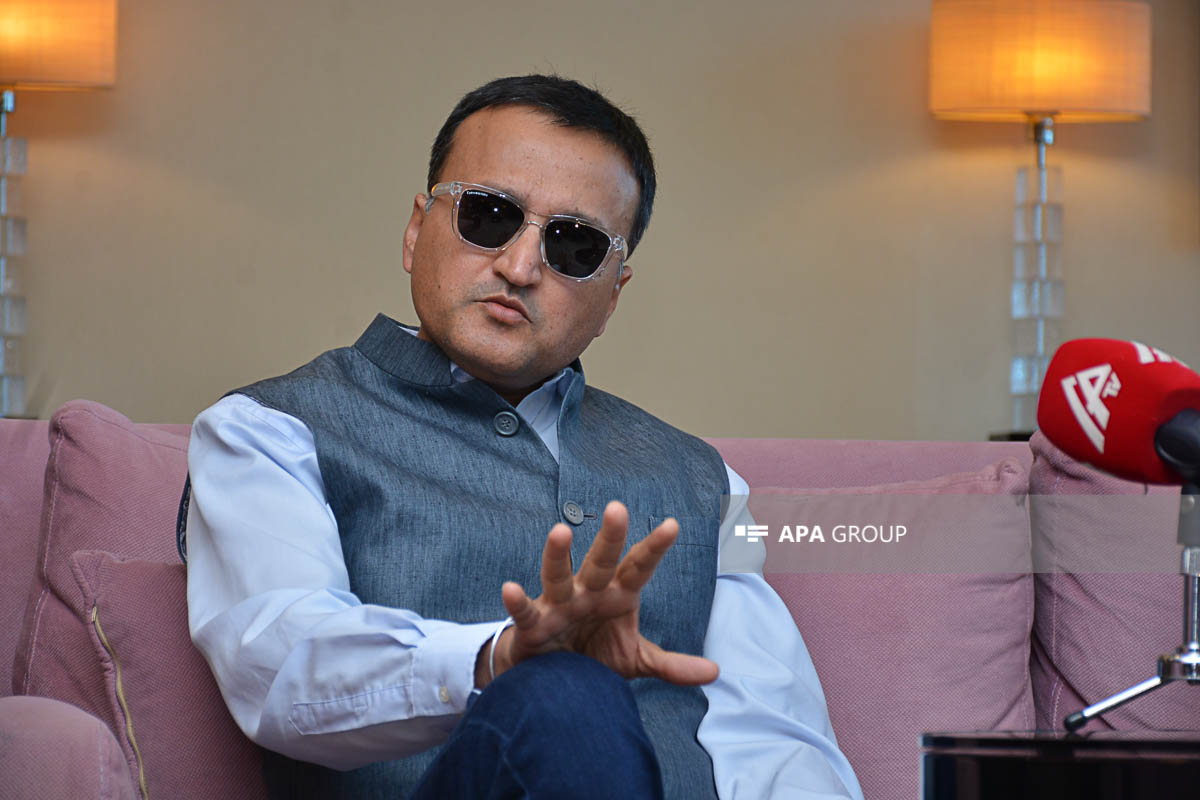
– Well, as a director, doesn't it bother the author that the question about the main character remains unanswered at the end?
– As can be seen in the film, it is claimed that Natig Gasimov was murdered while in captivity. I believe that we were able to show this clearly in the film. We had a conversation with the participants in the war from Armenia, and they also saw Natig Gasimov. But how was he killed? We had some anonymous conversations about that, but they weren't ready to go on camera. Therefore, we were forced to leave this part of the question unanswered. In other words, we left the fate of the hero up to the audience. Because we presented certain evidence that we have in the film. After that, the audience would decide for themselves. Finally, it was clear from the film that Vitaly Balasanya had questions to answer. But the general picture says that Natig Gasimov was killed in Armenian captivity.
Ekard Seizer calls the situation in question a war crime and considers it important that Vitaly Balasanya be brought to criminal responsibility.
– This is a war crime. Natig Gasimov, in my opinion, was killed, but how he was killed, and under what circumstances, is not clear and must be determined. I think we all have our opinions on this. Regardless of the reasoning, the absolutely clear point is that this is a war crime and Vitaly Balasanyan must be held accountable.
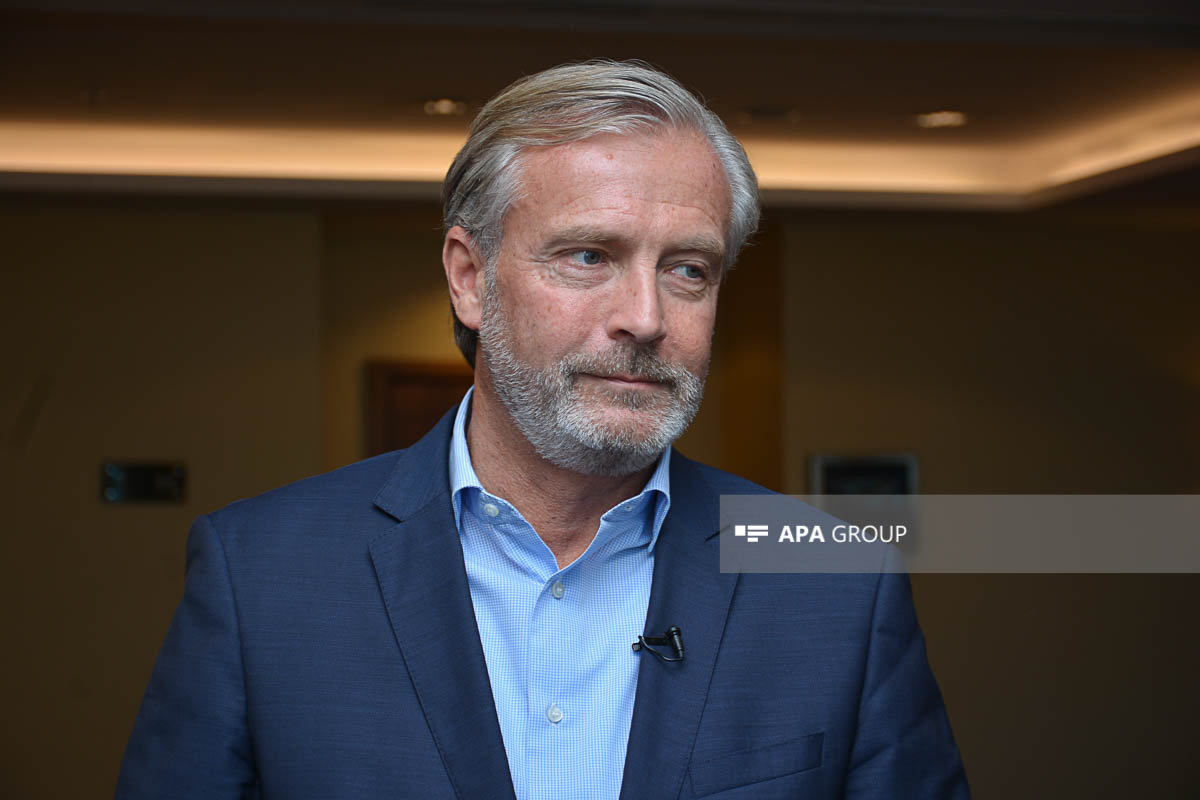
My interviewees say that there are people who want to remain anonymous, especially during conversations and filming in Armenia. All these cases of anonymity raise the following question: maybe there were moments that were not considered acceptable to be transferred to the film level and were partially doubtful. My next question to the director was related to this.
–Mr. Singh, during this five-year process and investigation, were there any details that you doubted the accuracy of, in this regard, did not put in the film, or that you found confirmation, but did not need to be included in the film?
– No. I think we have presented all the facts that need to be presented. We were shooting a documentary film, and our main goal in the filming process was to present documentary-evidential material. From that point of view, in the film, as you can see, we presented the photos taken by the Italian director, as well as the interviewees of former war participants. The directions given by the anonymous persons helped us in uncovering certain details. This is one of the moments that made the film. These persons have given enough information about their military status, what they saw and witnessed. When Vitaly Balasanyan showed the photos of that period, he recognized his soldiers and confessed, but denied himself. You, the audience, take all of this and draw your own conclusions.
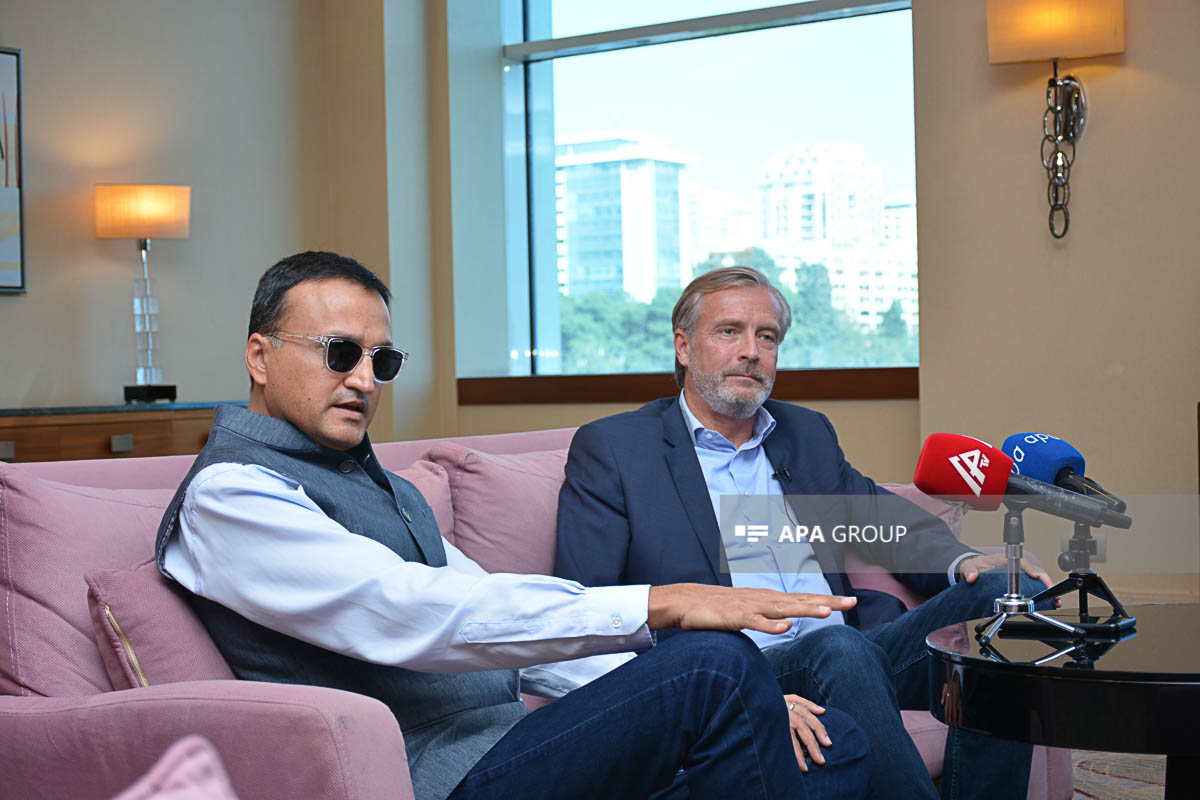
In fact, while watching the film, the author's, that is, the screenwriter and director of the film thoughts about Natig Gasimov are partially clear. There is only one thing, he told us face to face, he admitted it.
– As a director, your view of Natig Gasimov is clear, but what do you think about Natig Gasimov as an investigator?
– As I already mentioned, at that time Natig Gasimov was an ordinary man, he was not a soldier. As a result, Natig Gasimov faced a very unusual situation. At that time, the Khojaly tragedy was committed. The Khojaly tragedy was a horror that shocked everyone in Azerbaijan and the world. Natig Gasimov was also affected by this event, or rather, the tragedy, and he voluntarily participated in the war. During the process, he got into that unusual situation and began to defend himself. Natig Gasimov defended the church and himself against the party that was superior to him in terms of military power, numbers, and technology. This is an example of heroism. I think everyone can wonder what we would do if we were in his place. This question is really thought-provoking.
As a result of the offer made to Natig Gasimov (Natig Gasimov laid down his weapon and surrendered in exchange for the safe release of Azerbaijanis in Armenian captivity - N.P.), he laid down his weapon and surrendered. I don't want to just talk about his heroism because it's better when the facts show it. All the facts point to his heroism.
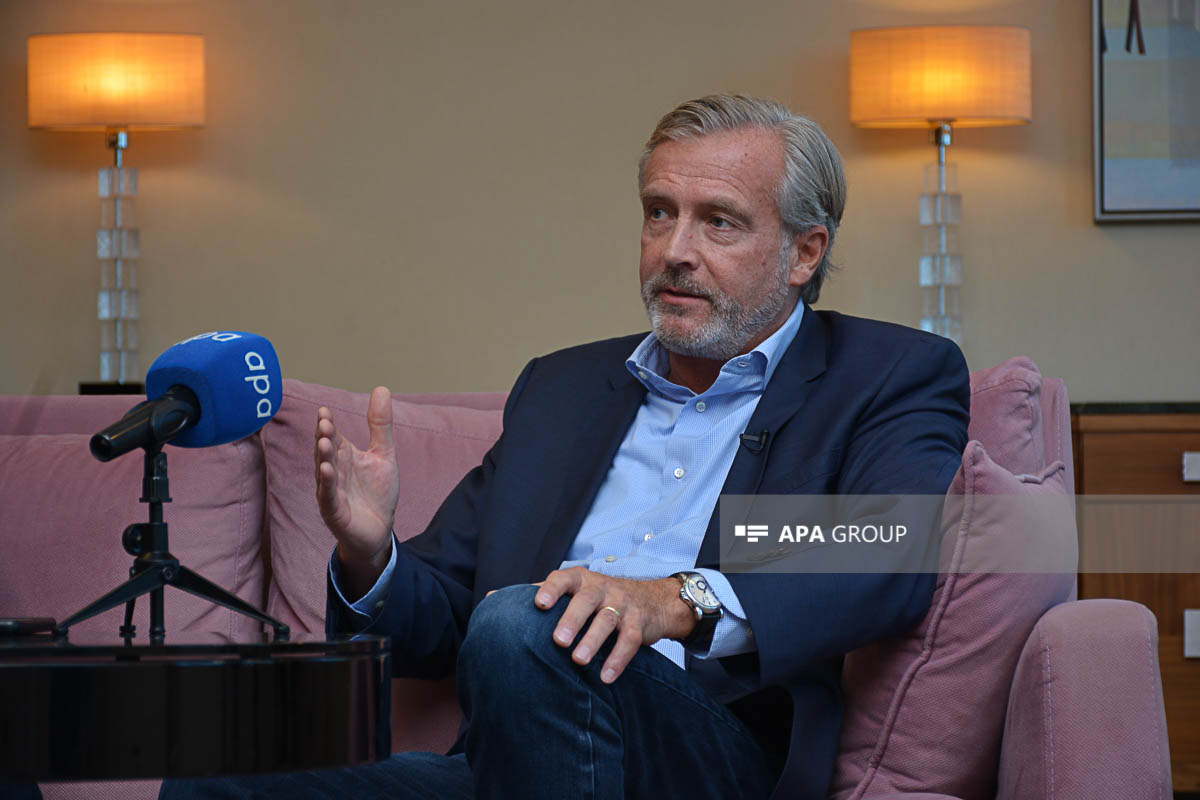
The producer of the film, Ekard Seizer, notes that the heroism of Natig Gasimov is recognized not only by us, we Azerbaijanis, but also by the other side.
– This is almost an undeniable fact. It seems that his courage and bravery are recognized even by his enemies. The first point is that he went to the church alone, and defended the church alone. The second important point is that he surrendered to save the captives. One of the Armenian soldiers who took part in his siege personally acknowledged his bravery. I think this should be emphasized.
At this point in the conversation, the director intervenes again.
– Natig Gasimov's story had strong foundations and strong facts. This was a document-based story. We had photo facts – about his last fight, about his interrogation, and so on. This is one of the most important nuances, which is not present in many cases. If you have proof, you can make an emotional film. There are huge differences between the First and Second Garabagh wars, that is, the process. As a result, Azerbaijan has already freed its lands from occupation. There are many human stories in these two wars: there are families who have been forced to leave their homes and now those families are returning to their homes. These are all human stories, and I am sure that in the future films will be made about them. These are documentary evidence that are very important for future generations to understand the situation.
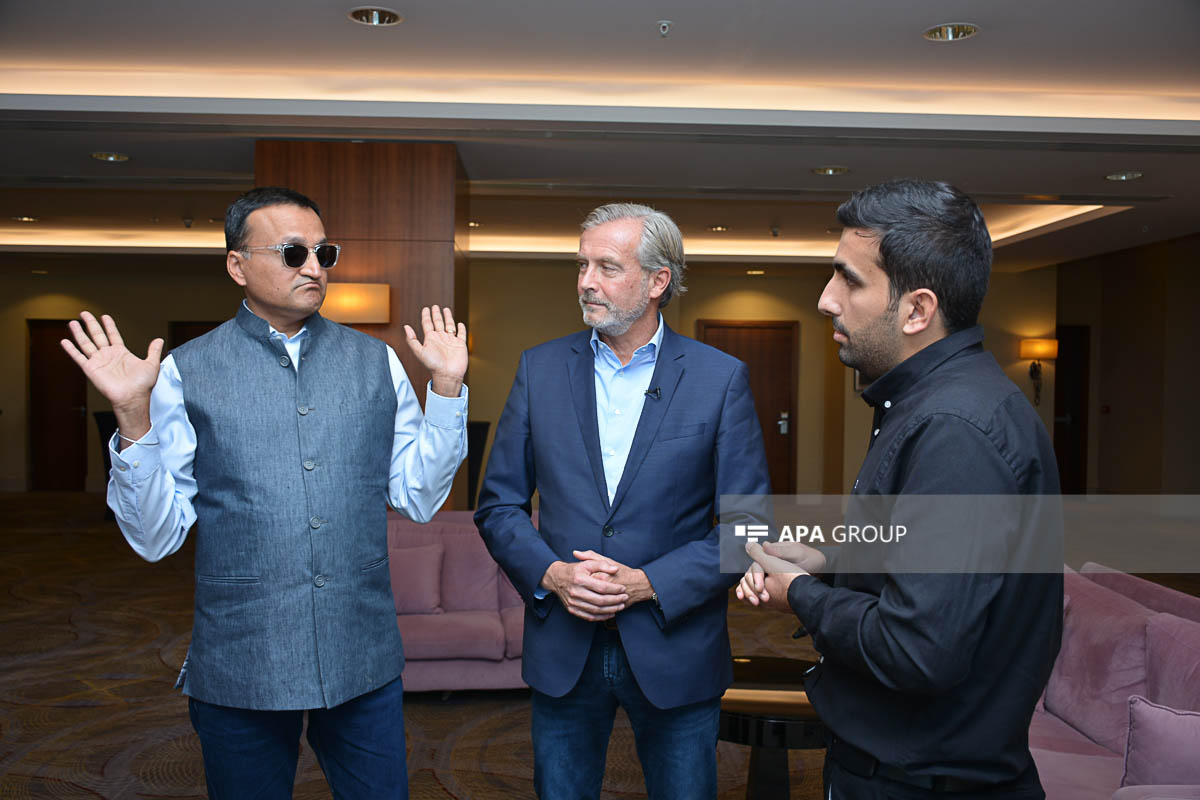
Mr. Singh pauses and stands up.
- I think you have asked enough questions. Now I have a question for you.
- Of course.
– You must have been to the presentation. The fact that you have so many questions means that you have analyzed the film well. What do you think about the movie? Did you like it?
– Of course. Even I think that, as an Azerbaijani, I have to thank you and your filming team: Thank you very much for this film!
– What was the most interesting scene in the movie for you?
– Undoubtedly, the interview with Vitaly Balasanyan. I definitely did not expect this: that is, to be able to talk about the hero of Azerbaijan.
Karan Singh looks at producer Seizer and smiles.
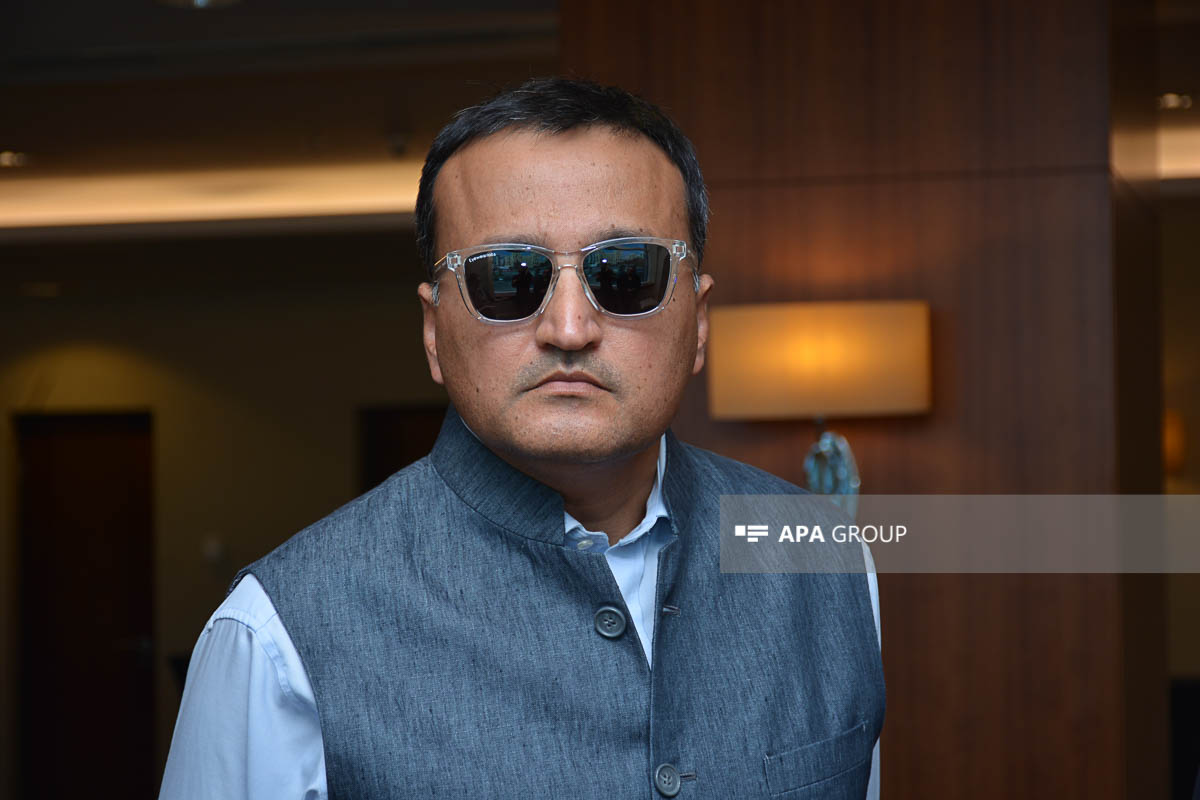
– Of course, this is a very interesting nuance. Let me tell you that as soon as Vitaly Balasanya agreed to give us an interview, we immediately set off together with the film crew. Because we thought that he might suddenly change his mind and we might miss this chance. There was no stopping along the way, but forward, full speed.
But what do you think about the scene where Natig Gasimov's mother gets acquainted with the photos?
– It was an extremely moving scene and I think it was the most emotional part of the movie.
– Yes, absolutely true. The interview with the mother was the most emotionally difficult part. But we understood that we had to do it because it was a very important detail. At the end of the interview, Natig Gasimov's mother thanked us. He said that we are investigating a very important case.
Producer Seizer adds:
- When we were talking with mother, he would ask about the smallest details. For example, the clothes worn by Natig Gasimov were interesting for him, it was a matter that worried him.
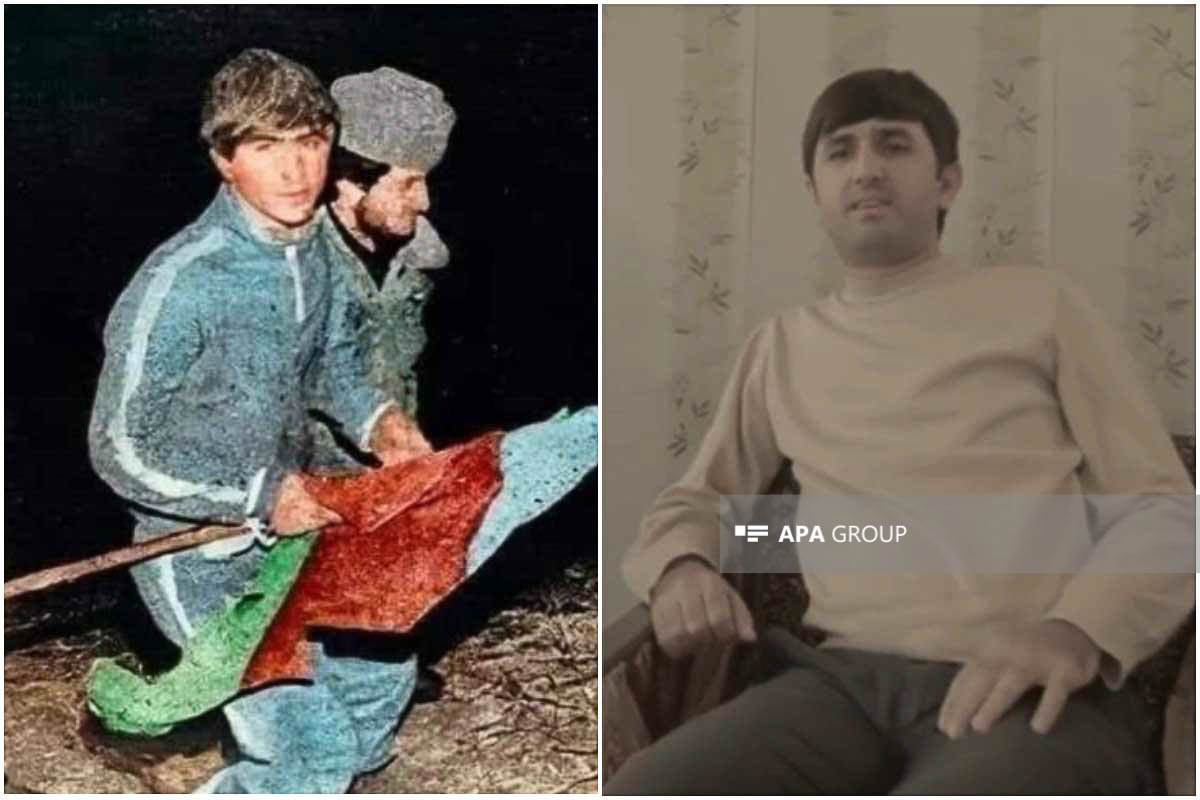
- How did you find the character of Natig Gasimov?
Both react with the same proud and surprised look:
– It was just a matter of luck. When we looked at the pictures of the people presented to us for that role together with the producer Seizer, we suddenly saw him and immediately said: this is the person we are looking for.
When Mr. Singh was asked about the purpose of his visit to Baku after the presentation, his answer was:
– I'm here for an interview with you – APA (laughs).

Photo Orkhan Karimov ©️ APA group


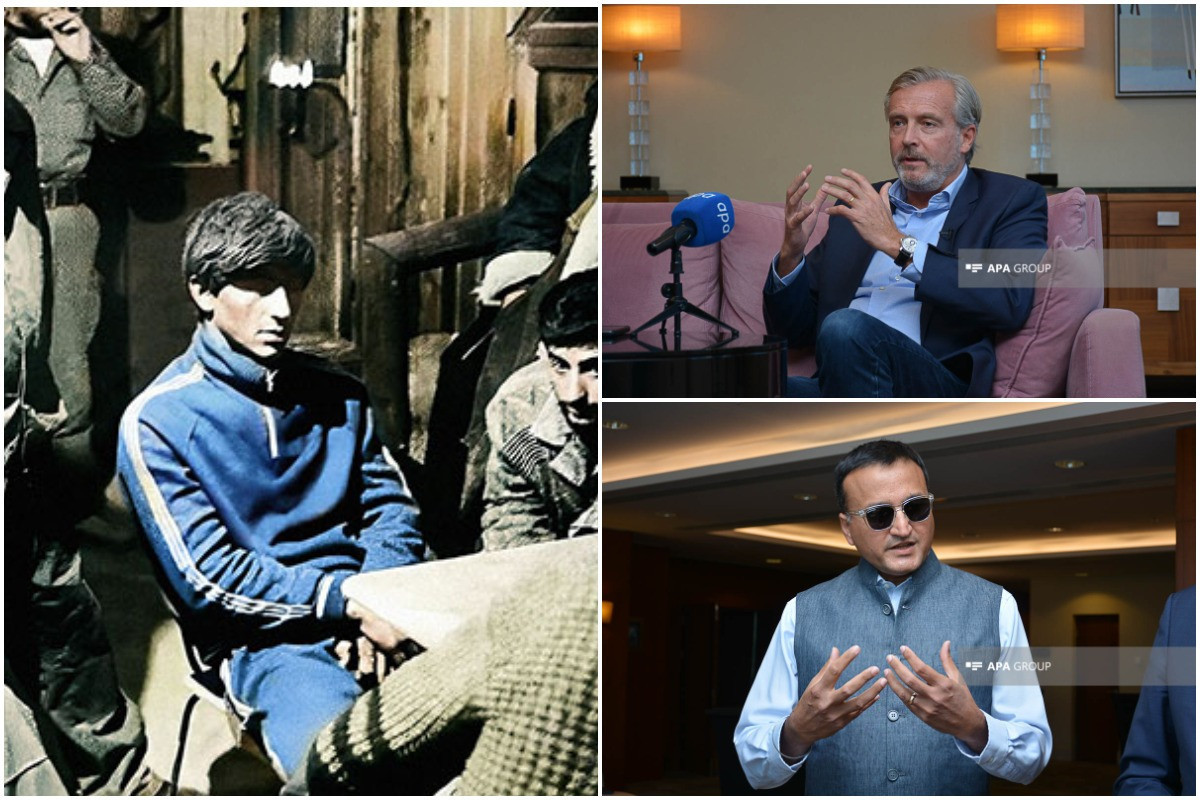
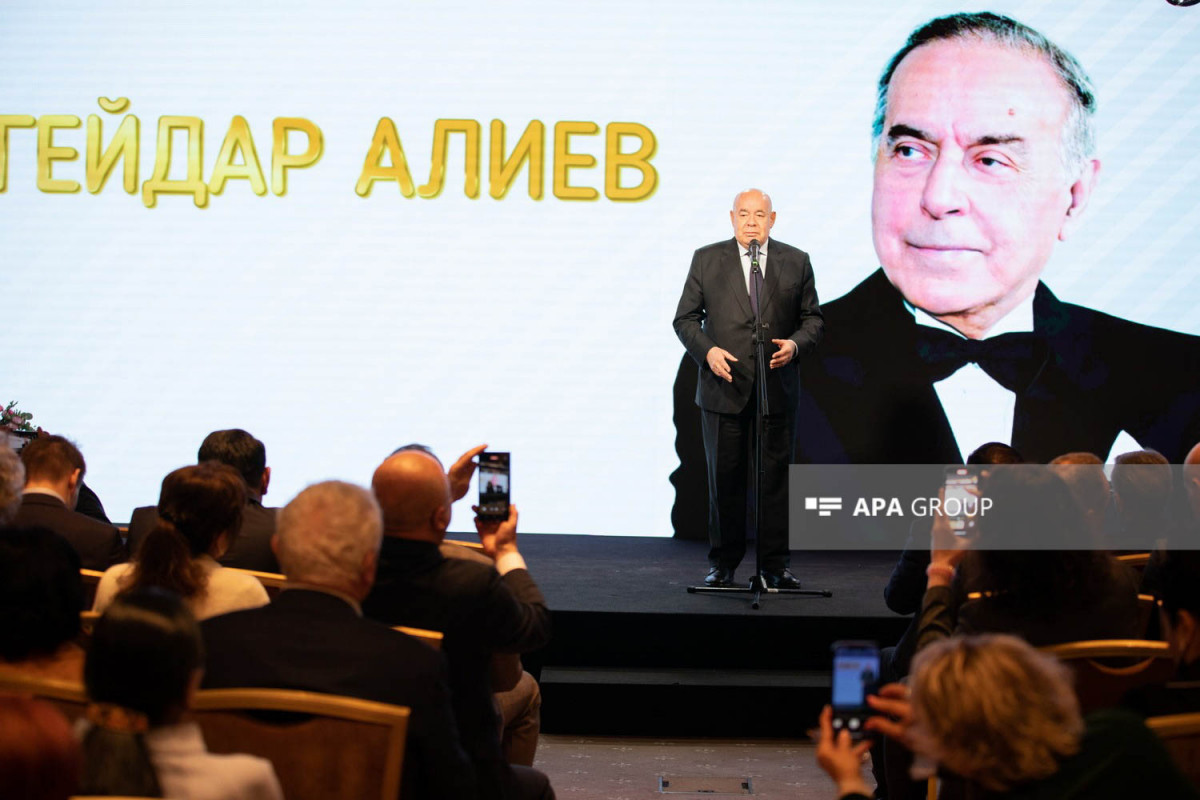 PHOTO'>
PHOTO'>
